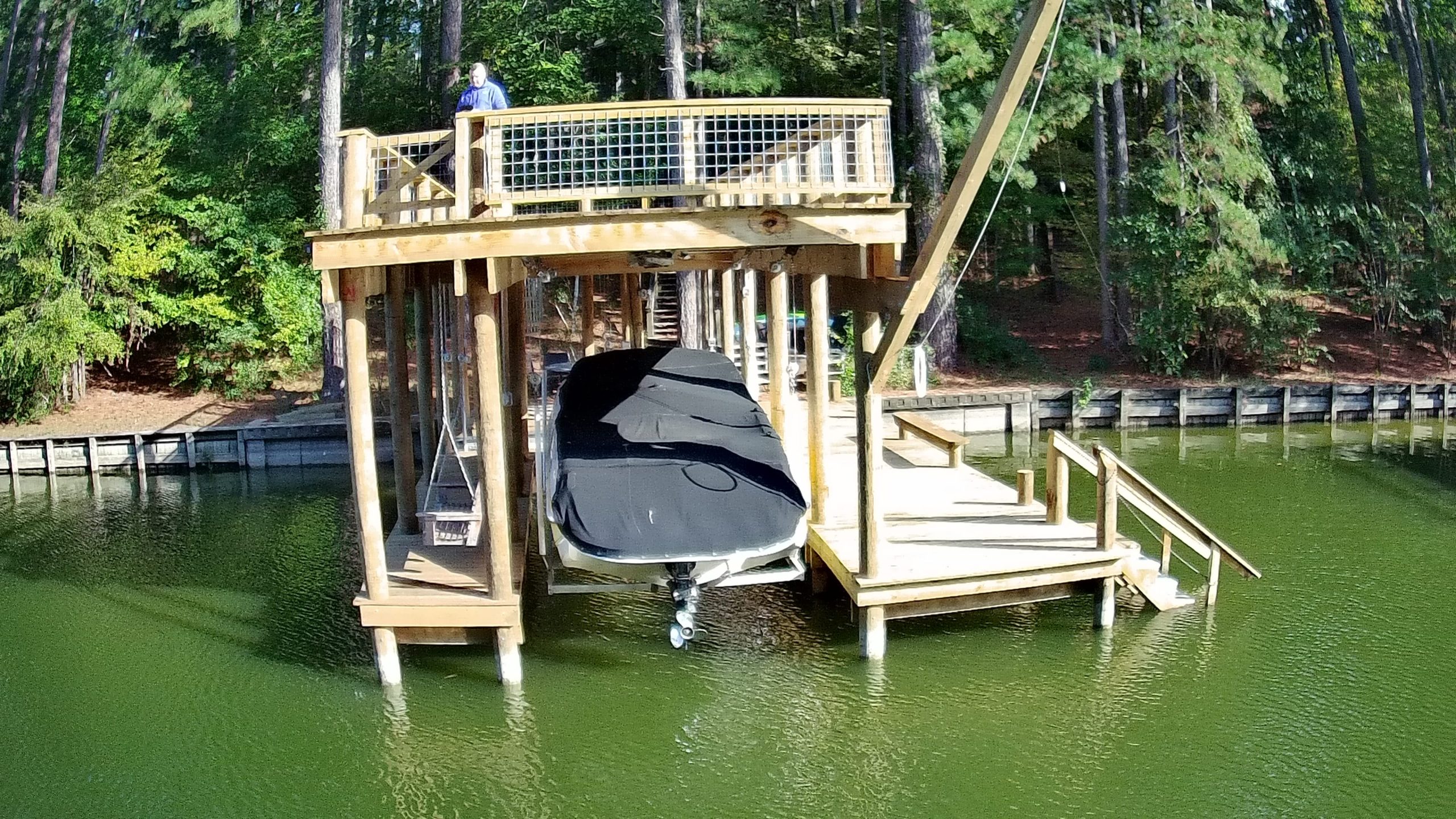
Boat owners know that regular maintenance is key to keeping their vessels in top condition. However, when it comes to boat lifts, sometimes repairs are inevitable. Instead of calling in a professional and spending a lot of money, why not try tackling the repairs yourself? With the right tools, knowledge, and a little bit of patience, you can save money and enjoy smooth sailing with expert tips for DIY boat lift repair.
The first step in any DIY boat lift repair is to assess the problem. Is the lift not working at all, or is it malfunctioning in some way? Take a close look at all the components of the lift to determine where the issue lies. It could be something as simple as a loose bolt or as complex as a damaged cable. By identifying the problem, you can better prepare yourself for what needs to be fixed.
One common issue with boat lifts is the motor not working properly. Before assuming the worst, check to see if the power source is connected and working. Sometimes, a simple power outage or a blown fuse can be the culprit. If the power source is fine, you may need to inspect the motor itself. Look for any signs of damage or wear and tear. In some cases, the motor may just need to be cleaned or lubricated to get it back in working order.
If your boat lift is making strange noises or shaking while in operation, it could be a sign of a misaligned or damaged pulley system. Inspect the pulleys for any signs of wear or damage. Tighten any loose bolts and replace any worn-out parts. A well-functioning pulley system is crucial to the smooth operation of a boat lift, so make sure to address any issues promptly.
When it comes to cables, they are an essential part of the boat lift system. Over time, cables can fray, rust, or become loose, which can compromise the safety and effectiveness of the lift. Inspect the cables regularly for any signs of wear and tear. If you notice any damage, it's important to replace the cables immediately to avoid any accidents or further damage to the lift.
If you have a hydraulic boat lift, it's important to regularly check the hydraulic fluid levels. Low fluid levels can cause the lift to operate inefficiently or not at all. Make sure to top off the fluid as needed and inspect the hydraulic system for any leaks. If you do notice a leak, it's important to address it immediately to prevent any further damage to the lift.
Another common issue with boat lifts is corrosion. Saltwater can be particularly harsh on metal components, causing them to rust and deteriorate over time. To prevent corrosion, make sure to regularly clean and lubricate all metal parts of the lift. If you do notice any signs of corrosion, sand off the rust and apply a rust-proof coating to protect the metal from further damage.
When it comes to DIY boat lift repair, safety should always be your top priority. Make sure to turn off the power source before attempting any repairs and wear appropriate safety gear, such as gloves and goggles. If you're unsure of how to proceed with a repair, don't hesitate to seek help from a professional. It's better to be safe than sorry when it comes to working on your boat lift.
By following these expert tips for DIY boat lift repair, you can save money and ensure that your boat lift is in top condition for smooth sailing. With a little bit of know-how and some elbow grease, you can tackle common boat lift issues and enjoy worry-free days out on the water. So why wait? Grab your tools and get to work on repairing your boat lift today.